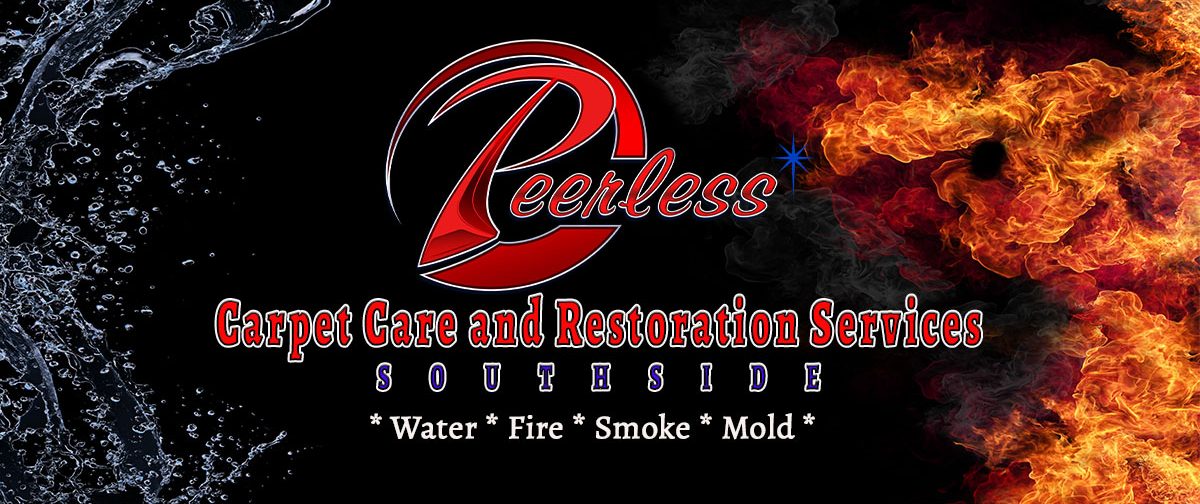A Brief History of Lead Paint
(Part one of our lead series)
In the beginning
Humans have been using pigments to color our surroundings for over 40,000 years. Throughout this period, we have used all manner of substances to create colors that we use for paint. One of the substances that was widely used to create paint was lead.
Humans had been mining and using lead for over 6,000 years. Historically, it has been used for all manner of products. In the 18th and 19th century it was commonly used in cosmetics and although it was common knowledge that ingesting high doses of lead was harmful, it was not though that simple exposure that generally an issue.
Lead began to be used in paint during colonial times and reached its peak around 1925. Lead based product was in high demand because not only was it affordable, but it was washable and durable. In fact, it was repeatedly endorsed by the state and local governments. It was even specified for preferred use on government buildings .
A change in the laws
Things began to change in the 1950’s, when the first lead restrictions began to be put in place. The City of Baltimore enacted a ban interior lead paint in 1951. Next came a national restriction, but it was only voluntary. Industry insiders worked with officials, adopting a standard to prohibit use of lead in paint for residential interiors, however widespread use continued for exteriors.
In 1971, the nation took preliminary measures by passing the federal Lead Poisoning Prevention Act. This was not enough to prevent contamination, so in 1978 the federal government completely banned consumer uses of lead paint. Even though newer buildings were now safe from lead, there was still a lot of lead paint in buildings that predated these laws. That was an issue.
The standard today
In 1996, the Lead-Based Paint Disclosure Regulation was enacted. It requires owners of pre-1978 “target housing” to disclose to potential buyers or renters all known information about the presence of lead-based paint and/or lead-based paint hazards in the property. It requires that the potential buyer or tenants be given the lead information pamphlet, “Protect Your Family from Lead in Your Home,” or other EPA-approved pamphlet as well as a specific disclosure statement. The option of whether to test for the presence of lead-based paint is left to the owner, so long as a decision not to test
The next set of regulations were enacted in 2008. This was issued by the EPA and called Renovation, Repair and Painting'(RRP). Under the rule, contractors performing renovation, repair and painting projects that disturb lead-based coatings (including lead paint, shellac or varnish) in child-occupied facilities built before 1978 must be certified and must follow specific work practices to prevent lead contamination.
Activities performed by any construction trade that can disturb lead-based paint and have the potential to create hazardous lead dust. Firms and individuals must take EPA-accredited lead renovator training in order to be certified with the EPA.
Peerless can help
At Peerless we take pride in being an EPA Lead Certified Firm. We can perform lead testing and lead abatement. You can feel safe knowing the trained Peerless professionals are working on your project.

